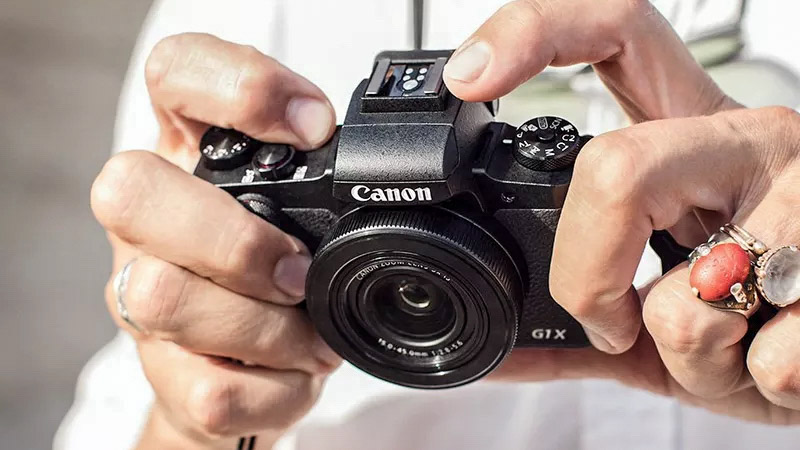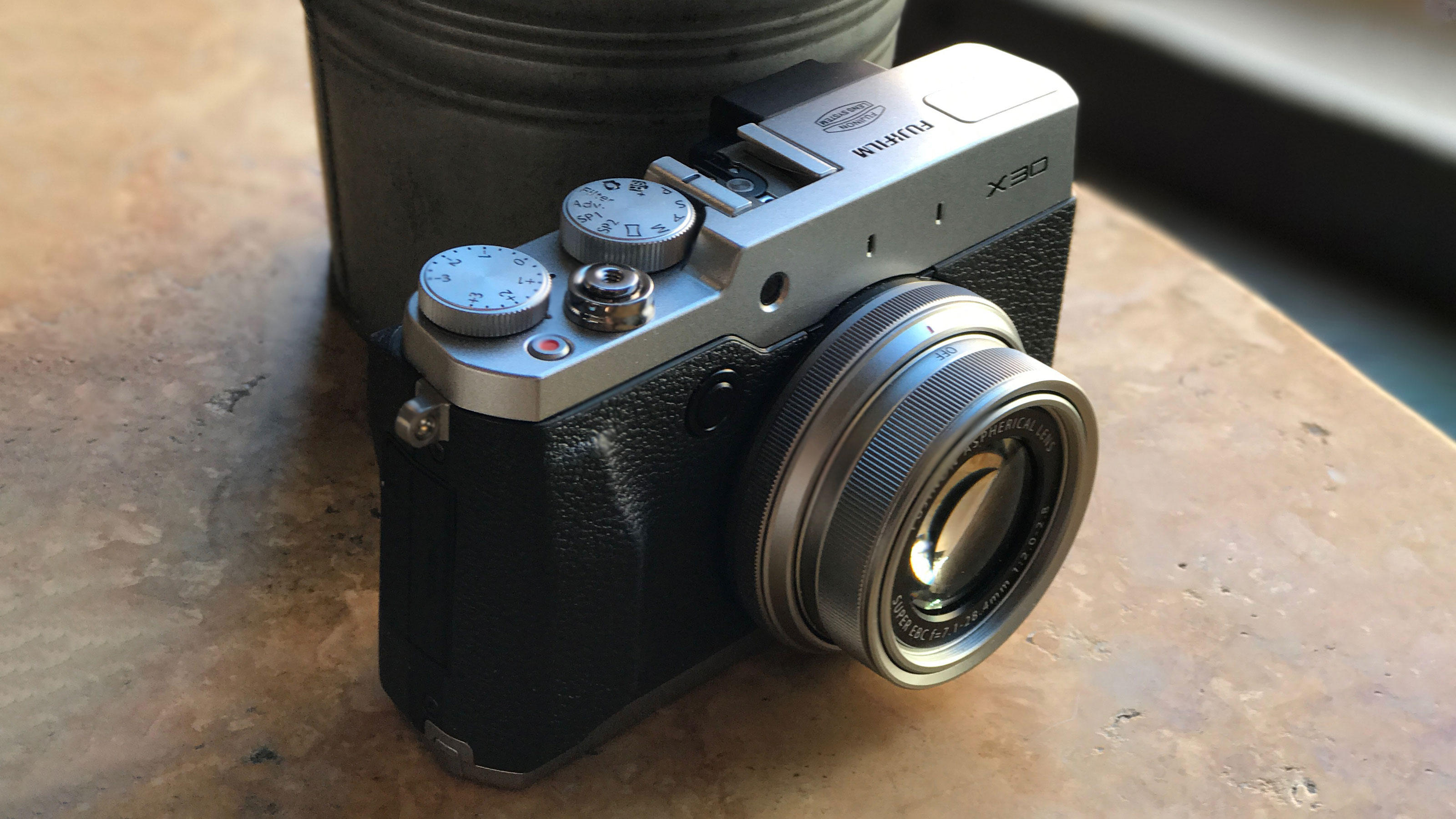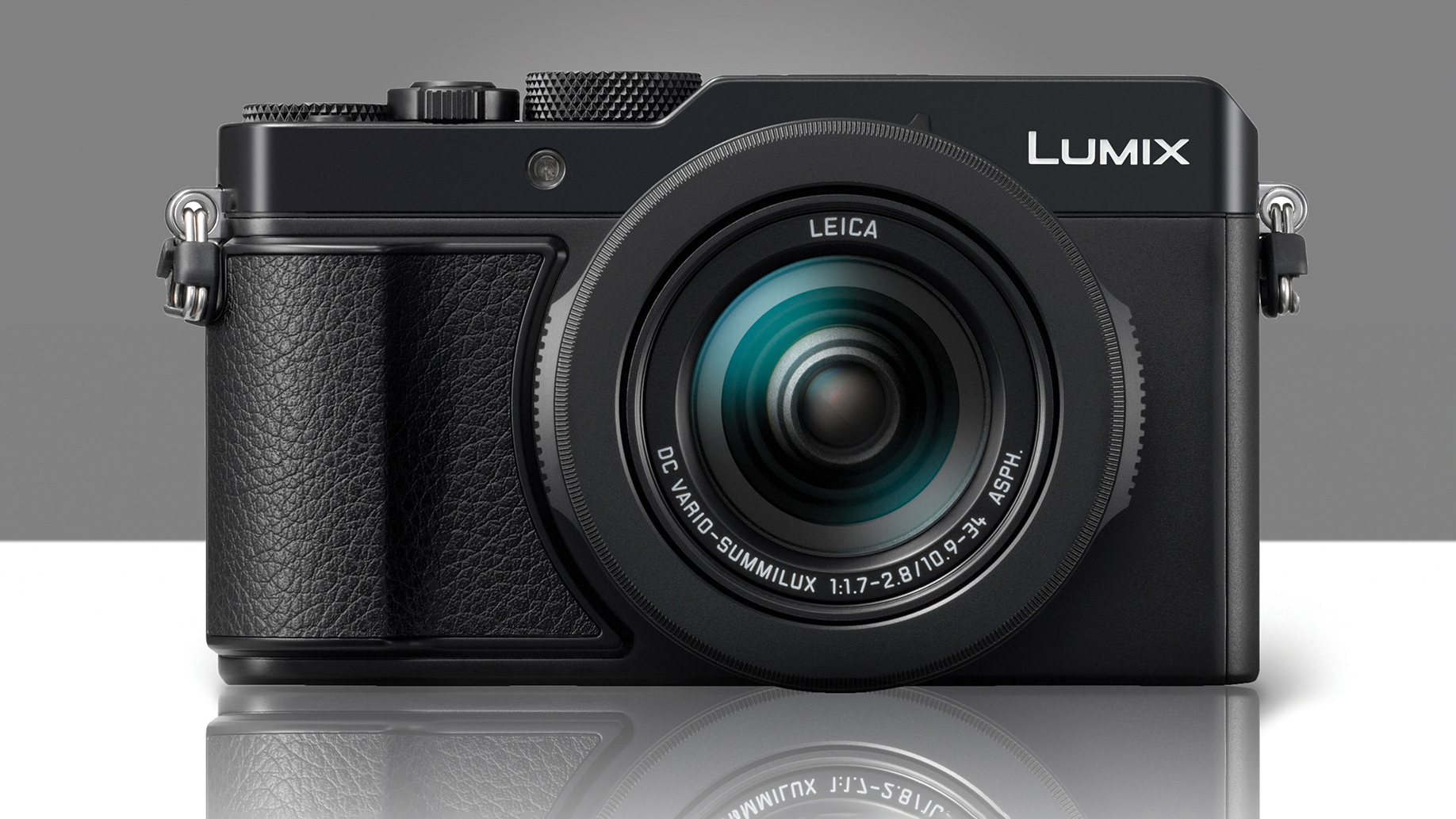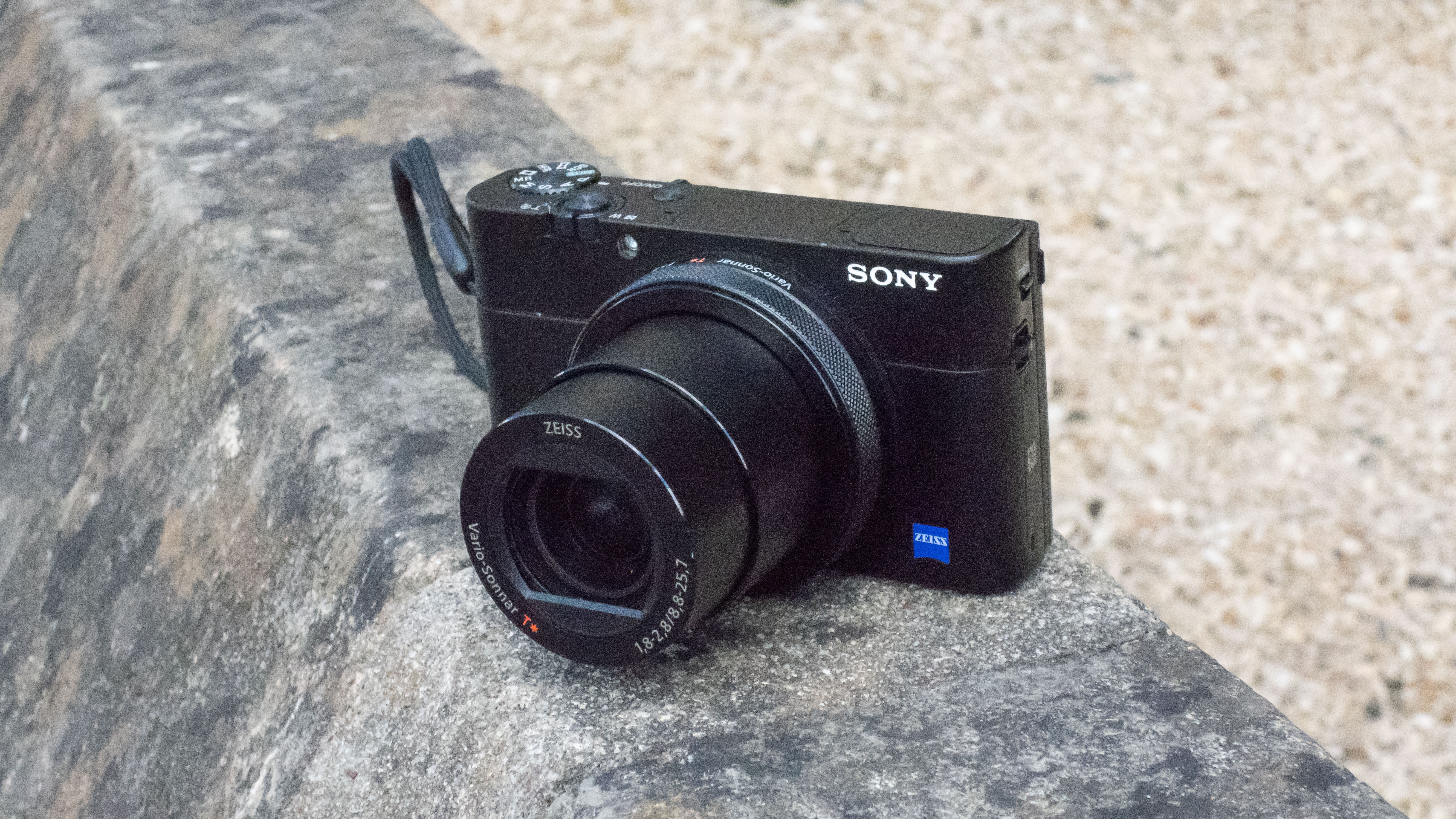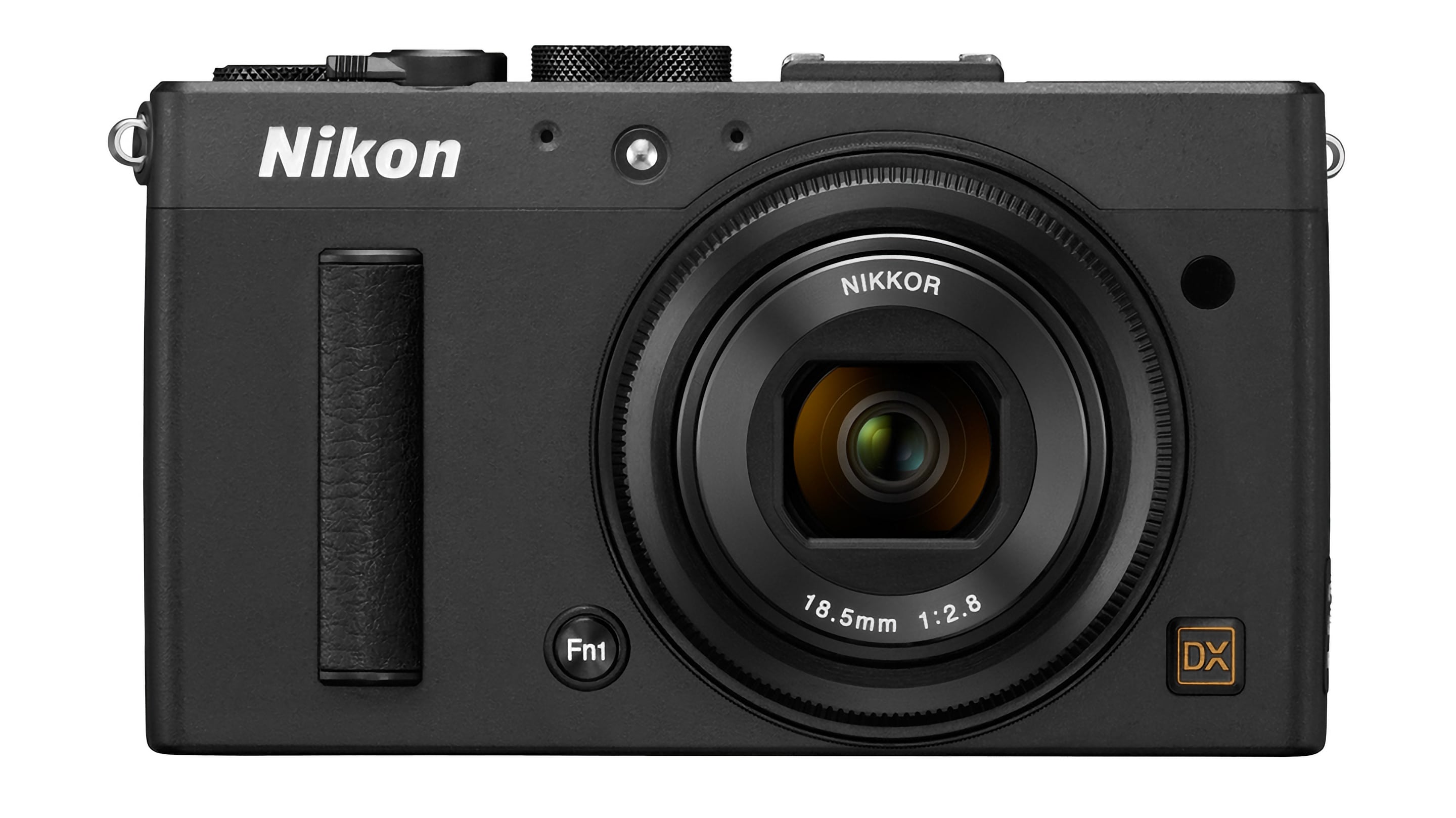I think these are the compact cameras that actually deserve to make a comeback
Some compact and point and shoot cameras are making a comeback, but are they the ones we want?
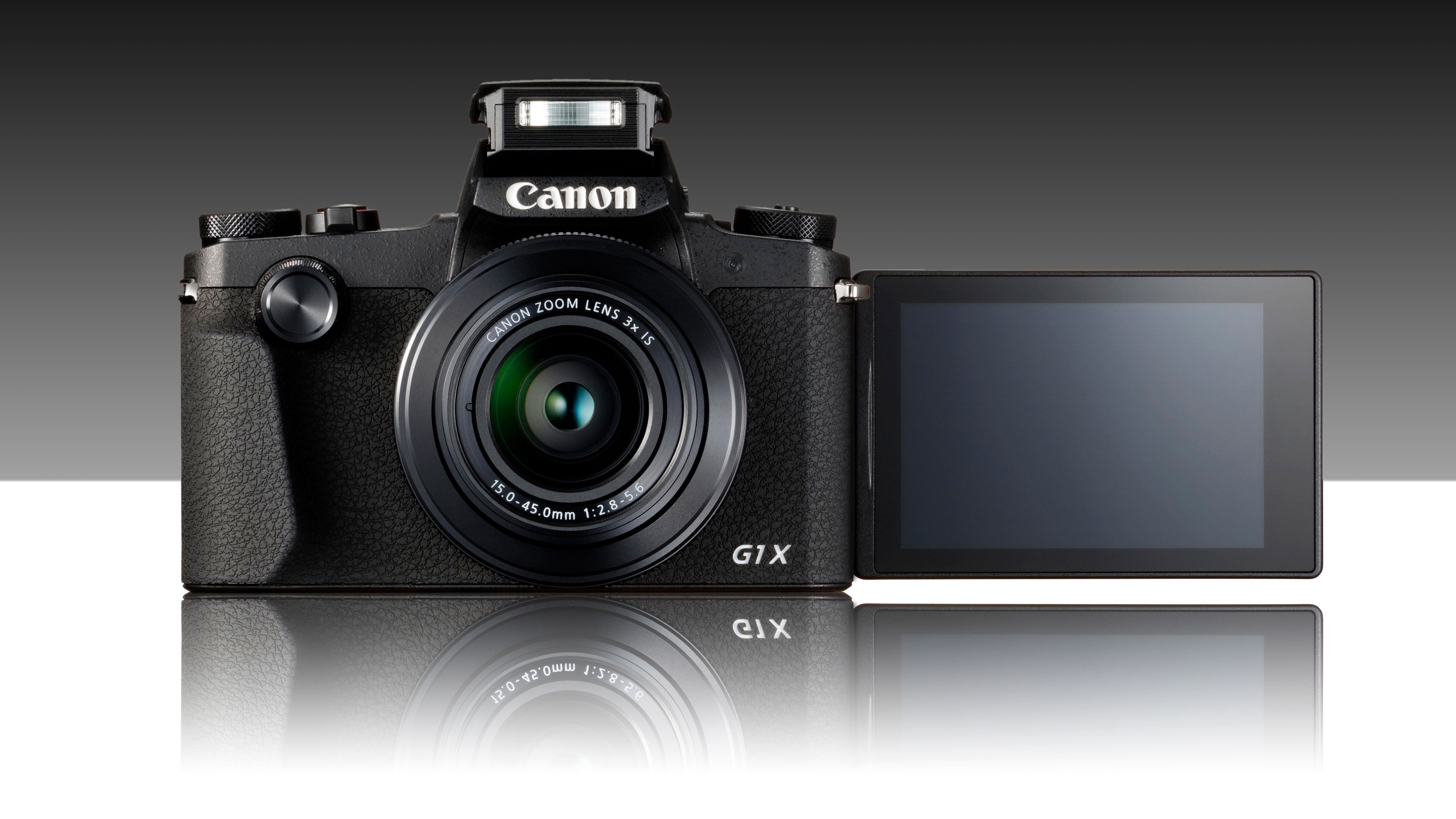
First of all, full credit to Panasonic for spotting the trend and re-introducing two of its compact cameras of yesteryear.
Unfortunately, both the new FZ80D/FZ82D and ZS99/TZ99 use a small 1/2.3-inch sensor to get their big zoom ranges at an affordable price – and the image quality suffers as a result. So they sort of do qualify as amongst the best bridge cameras and best point and shoot cameras right now, simply because they are available and affordable. They're just not great.
The other danger is that new users who don’t know any better fall into the clutches of Amazon junk cameras like the Andoer 48MP Digital Camera, or cheap but weak offerings like the Kodak PixPro FZ45.
But what if you want a compact camera that’s actually of the kind of quality that enthusiasts or experts will want? Here’s my list of five compact cameras that can still cut it today but have slowly sunk from view. Come back – we desperately need you!
1. Canon PowerShot G1 X Mark III
What more could you ask for in a pocket-sized compact camera? You get a 24MP sensor with Canon’s Dual Pixel CMOS AF, a 24-72mm equivalent f/2.8-5.6 lens, in-built image stabilization, EVF, flip-out vari-angle touchscreen and really nice build quality. You wouldn’t use it for vlogging because the video tops out at 1080p, but at the time it was launched no-one had ever made an APS-C zoom compact this small before, and we doubt they ever will again.
2. Fujifilm X30
The Fujifilm X30 is more than just the sum of its parts, The 12MP 2/3-inch sensor isn’t going to stir anyone’s pulse and the 28-112mm effective zoom range could do with going just that little bit wider, but… this is a beautiful little camera with a mechanical zoom action which also powers it up and gives its handling a unique mechanical feel. It has a decent EVF, a tilting rear screen and, thanks to Fujifilm’s conservative resolution, excellent image quality improved even further by Fujifilm’s expanded dynamic range modes.
3. Panasonic Lumix LX100 II
OK, so we can still buy the Leica D-Lux 8, which is a development of this camera, but the original LX100 II seems to have slipped beneath the waves. It had much the same tech at a considerably lower price and would be a top choice today for anyone looking for the best compact camera. It has a multi-aspect sensor with physically switchable aspect ratios, classic shutter speed and aperture dials and an excellent 24-75mm equivalent f/1.7-2.8 lens. You don’t get a tilty-flippy screen, but you do get integrated IS, 4K video and an EVF. The LX100 II is a class act, and it’s a shame it’s gone.
The best camera deals, reviews, product advice, and unmissable photography news, direct to your inbox!
4. Sony RX100 VA
This was the last of the RX100 models to feature the Zeiss Sonnar 24-70mm equivalent f/1.8-2.8 lens. After that, Sony switch to a much longer but much slower 24-200mm equivalent f/2.8-4.5 lens. Did the little RX100 need a lens that long? Would you rather swap it for something shorter but faster? It packs a decent 20MP 1-inch sensor and 4K video capability, so the RX100 VA gives nothing away to modern cameras.
5. Nikon CoolPix A
Does anyone still remember the CoolPix A? It was Nikon’s answer to the Ricoh GR III, packing a 16MP APS-C sensor into a pocket-sized body equipped with a high-quality 28mm equivalent f/2.8 lens. There’s no viewfinder and the rear screen is fixed and the highest video resolution is 1080p. But hey, if we can forgive that in the GR III then we can forgive it in the CoolPix A. It’s the perfect example of a camera that got dropped before it’s time had come.

Rod is an independent photography journalist and editor, and a long-standing Digital Camera World contributor, having previously worked as DCW's Group Reviews editor. Before that he has been technique editor on N-Photo, Head of Testing for the photography division and Camera Channel editor on TechRadar, as well as contributing to many other publications. He has been writing about photography technique, photo editing and digital cameras since they first appeared, and before that began his career writing about film photography. He has used and reviewed practically every interchangeable lens camera launched in the past 20 years, from entry-level DSLRs to medium format cameras, together with lenses, tripods, gimbals, light meters, camera bags and more. Rod has his own camera gear blog at fotovolo.com but also writes about photo-editing applications and techniques at lifeafterphotoshop.com
You must confirm your public display name before commenting
Please logout and then login again, you will then be prompted to enter your display name.
